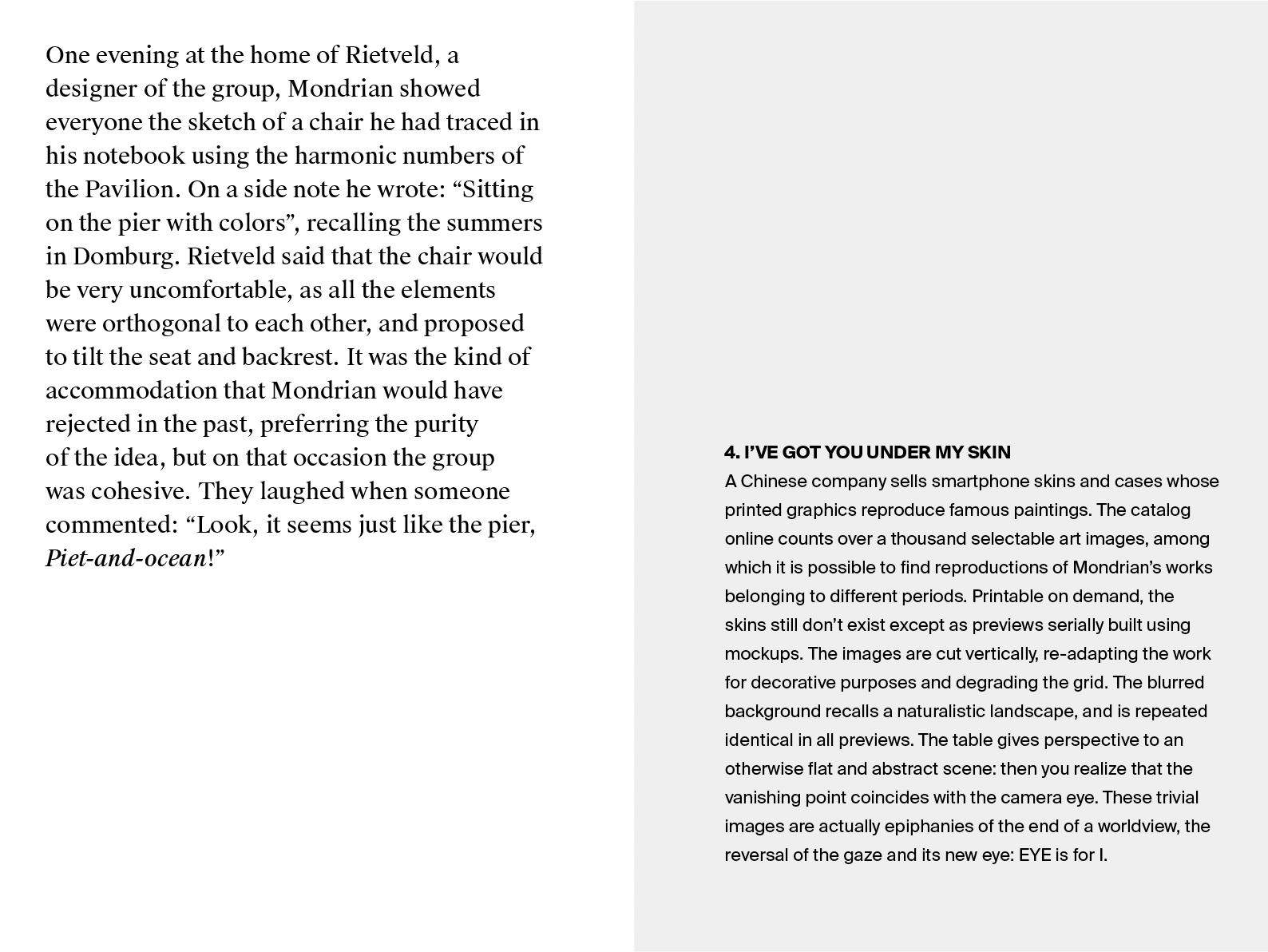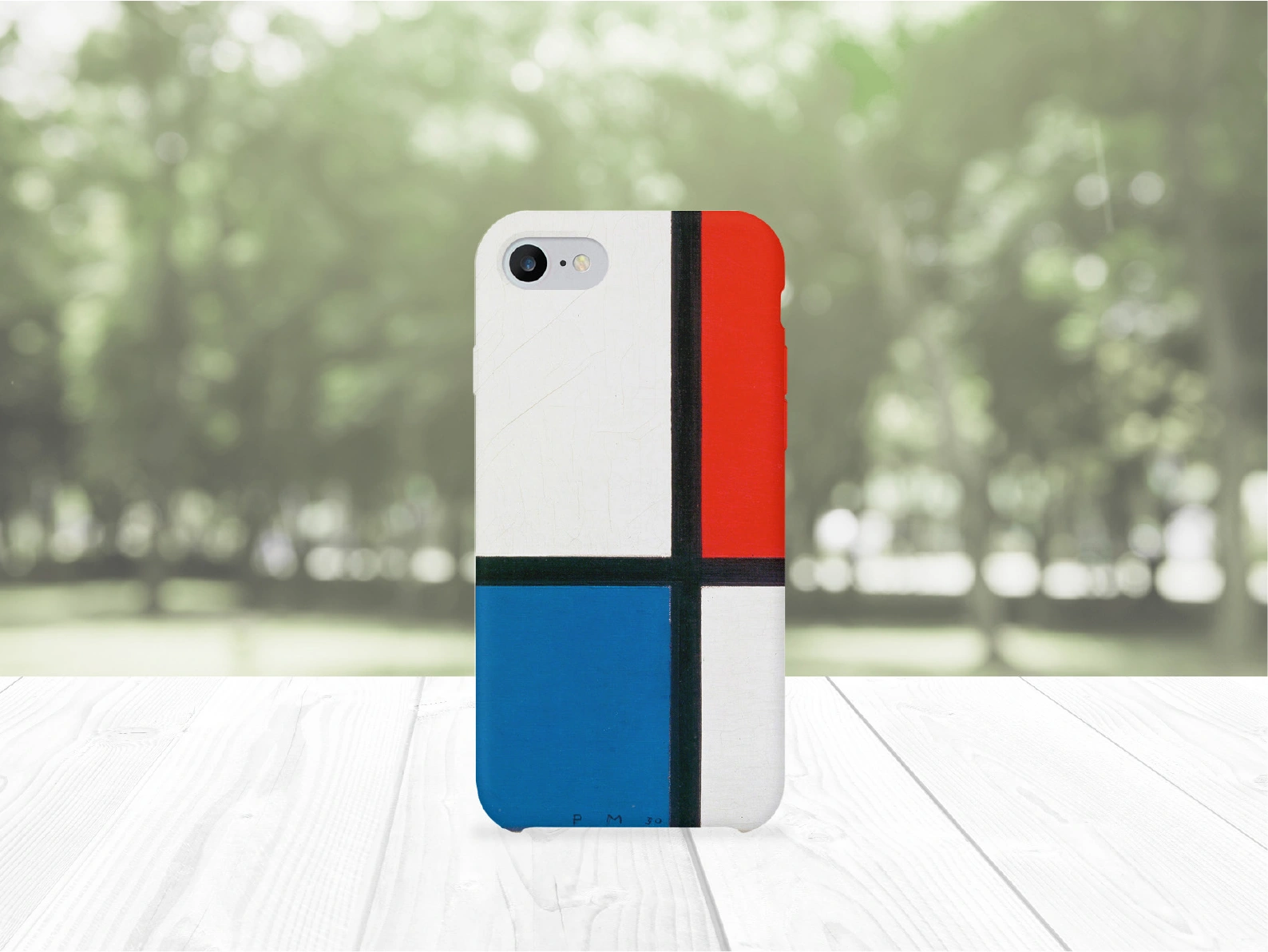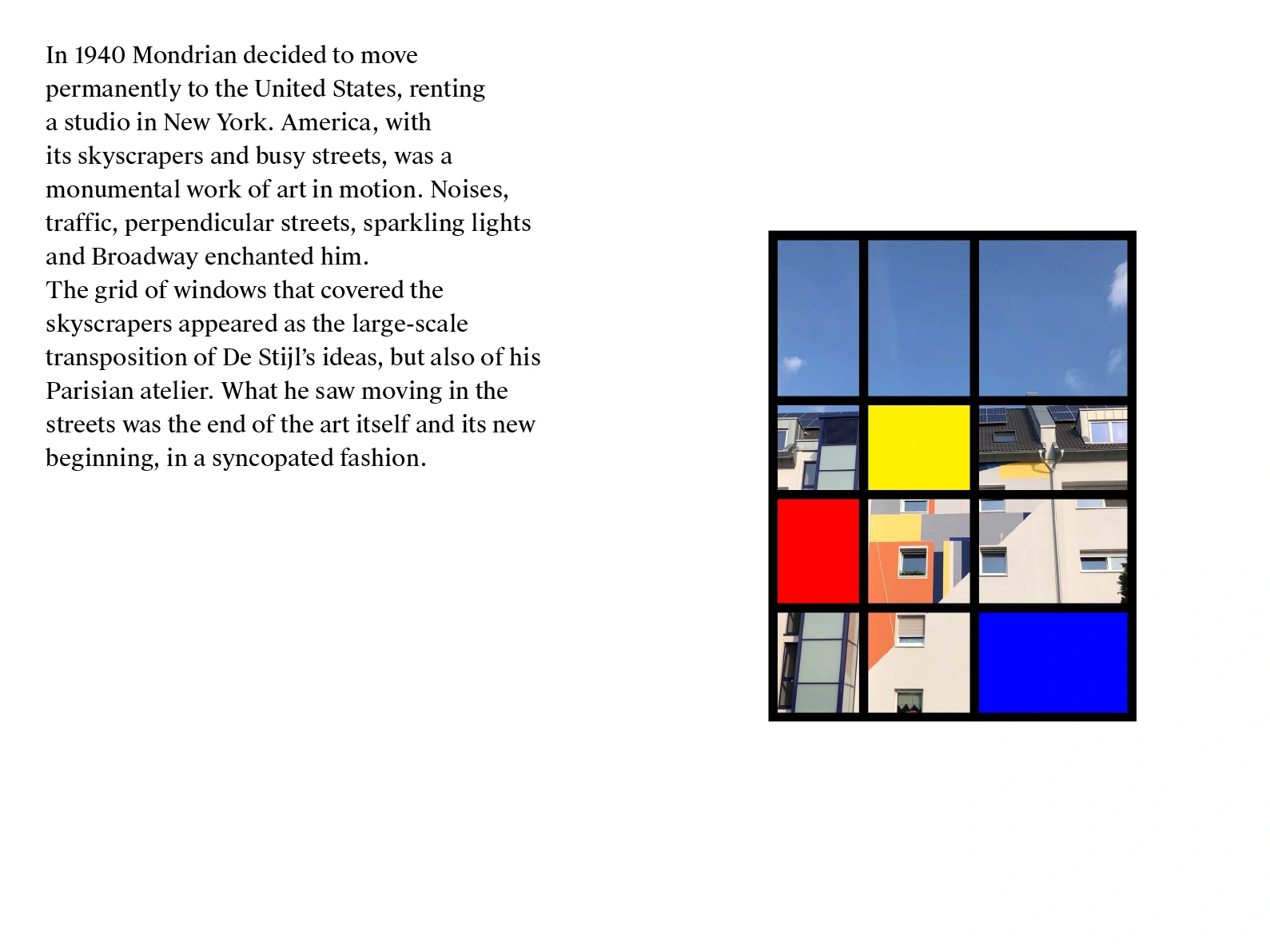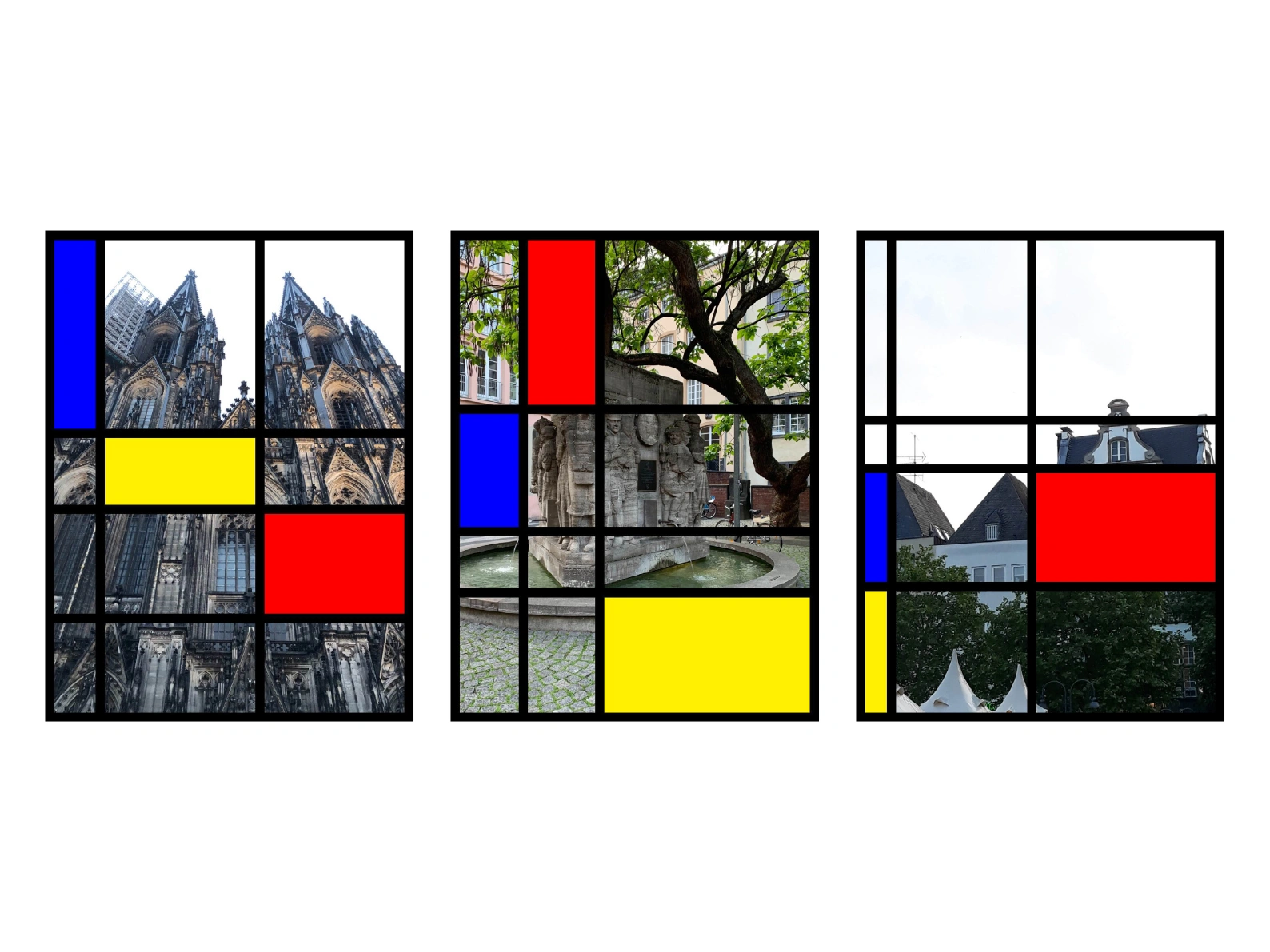Author: Ivan Dal Cin
In 1900 Mondrian had already written an important page in the artistic development of Modernism. This claim was confirmed in 2017, by the discovery of a Mondrian’s original manuscript in Cologne, where one of the most important contemporary art publishers came across a forgotten notebook with his sketches for a pavilion that was never constructed.



